Optimal Timing for Sewer Root Removals
Sewer root removals are most effective when performed during periods of low environmental stress, typically in late spring or early fall. These times allow access to sewer lines with minimal weather-related disruptions and reduce the risk of root regrowth due to seasonal growth cycles.
Late spring and early fall are ideal for sewer root removals because tree roots are less aggressive and easier to manage during these times.
Performing removals during dry weather minimizes the risk of sewer line flooding and access issues.
Scheduling inspections and removals before peak root growth seasons can prevent blockages and costly repairs.
Moderate temperatures during spring and fall help in effective root removal and reduce the likelihood of rapid regrowth.
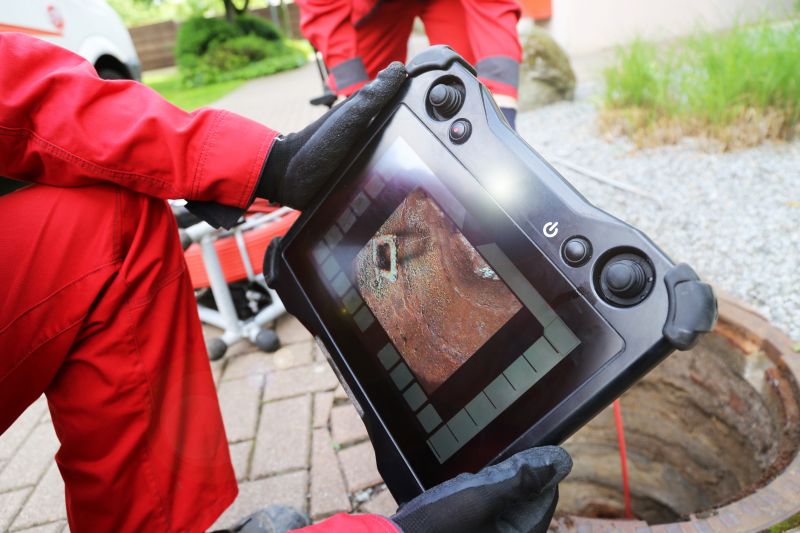
A technician inspecting sewer lines for root intrusion.

Specialized tools used for effective root extraction.

A clear and debris-free sewer pipe after root removal.
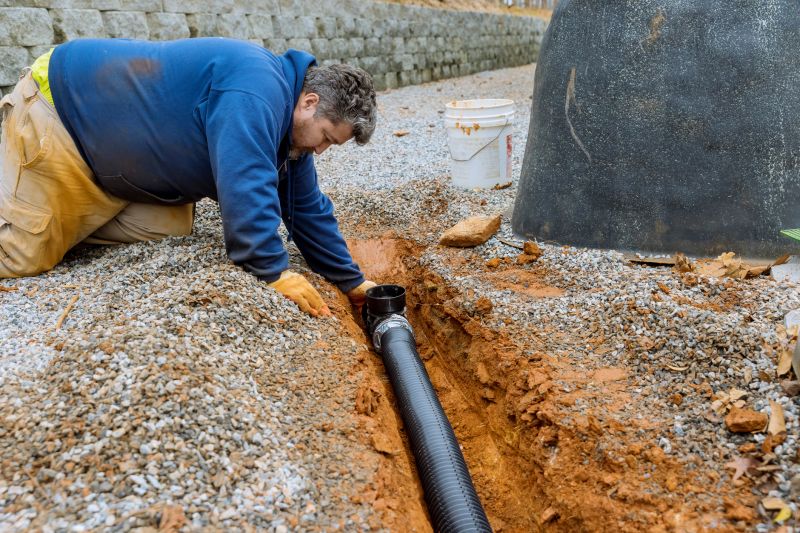
Ways to make Sewer Root Removals work in tight or awkward layouts.
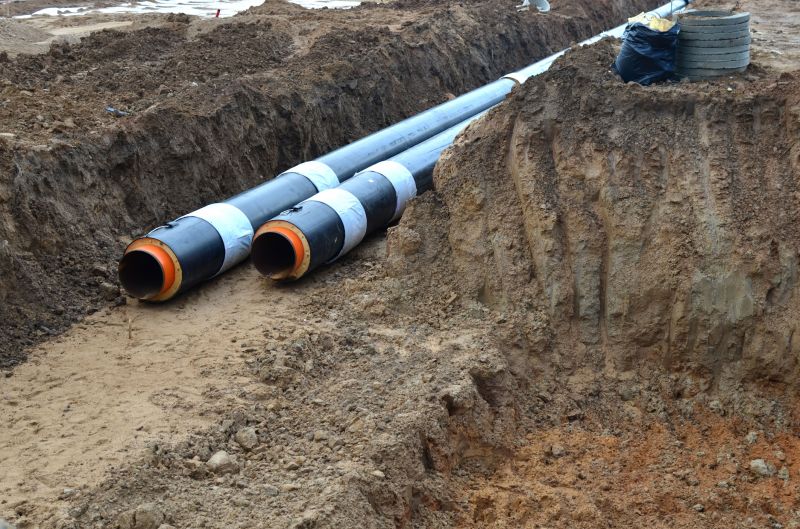
Popular materials for Sewer Root Removals and why they hold up over time.

Simple add-ons that improve Sewer Root Removals without blowing the budget.
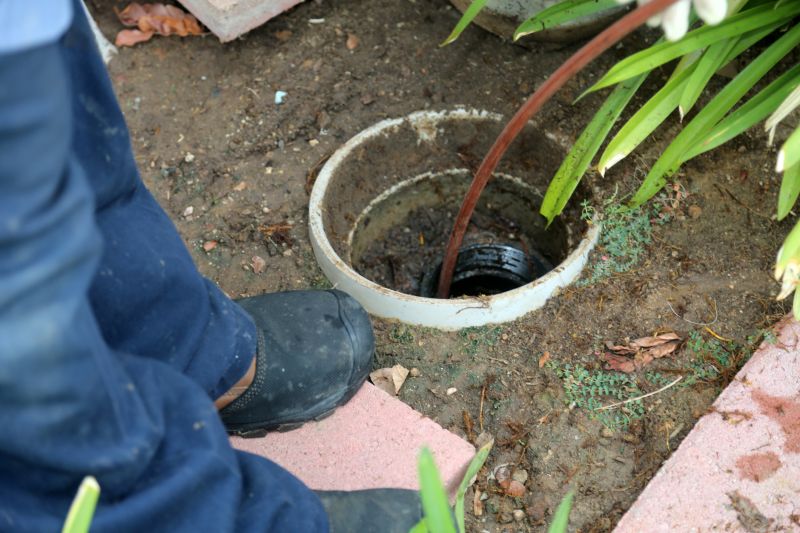
High-end options that actually feel worth it for Sewer Root Removals.
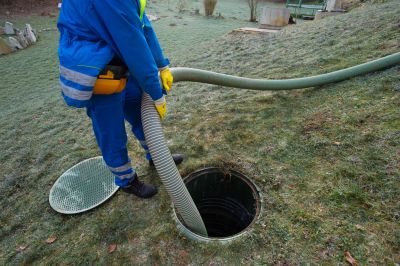
Finishes and colors that play nicely with Sewer Root Removals.
| Season | Advantages |
|---|---|
| Spring | Less aggressive root growth, better access conditions |
| Summer | Potential for increased root activity, higher risk of blockages |
| Fall | Moderate temperatures, reduced regrowth |
| Winter | Access may be limited due to weather, roots are dormant |
Sewer root removal involves the extraction or destruction of invasive roots that penetrate sewer lines, causing blockages and potential damage. Roots typically invade sewer pipes through joints and cracks, seeking moisture and nutrients. Left untreated, roots can cause significant backups, pipe fractures, and expensive repairs. The process often includes inspection, root cutting, and treatment to prevent future growth.
